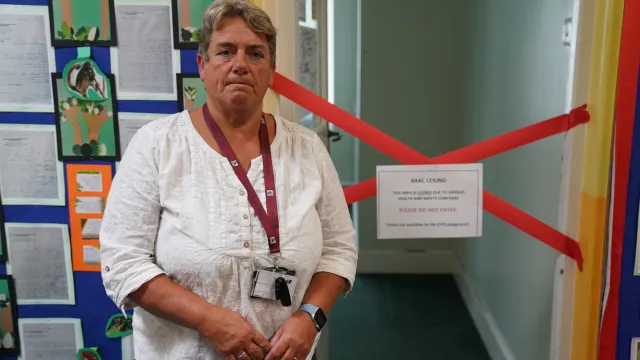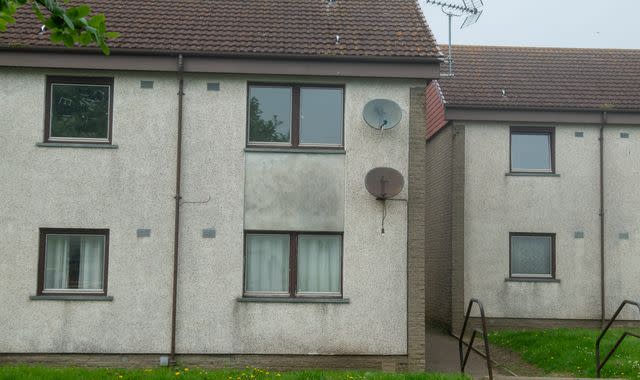
An organisation that represents headteachers is requesting that the government give “financial protection” for schools that are in danger of closing their doors, as well as assistance for pupils to make up for any education that they may have missed.
In the year 2023, it was instructed that educational institutions should close any buildings that contained reinforced autoclaved aerated concrete (Raac) and did not have any preexisting safety precautions in place.
Pepe Di’Iasio, the general secretary of the Association of School and College Leaders, stated to the BBC that affected schools may experience a decrease in enrolments as well as continuous disruption to pupils who are already enrolled. “Even relatively minor shifts in the number of students enrolled can have significant repercussions for the budgets of schools,” he stated.
“This is a problem that has been developing for decades, and it is something that will continue to be detrimental to the financial situation of the schools that are impacted for many years to come.

The identity of Raac was discovered in 234 educational institutions in England during the month of February. According to a recent statement made by the Department of Education, 119 of these schools, which are located in areas where the removal of Raac is more extensive or complex, will have one or more buildings reconstructed or refurbished as part of the government’s school rebuilding initiative.
There will be an additional 110 schools and colleges that will receive a grant to assist them with removing Raac from their buildings. These schools and colleges do not normally have large-scale construction projects.
The Scottish Liberal Democrats demanded earlier this month that the Scottish government provide an update on the number of council homes affected by the Raac. They also demanded the creation of national databases of Raac-affected structures.
An independent structural engineers’ assessment of the properties in Aberdeen found 500 homes to be at risk for collapsing, and it recommended that council tenants move to alternative housing in the city. This move came about as a result of the findings of the report.